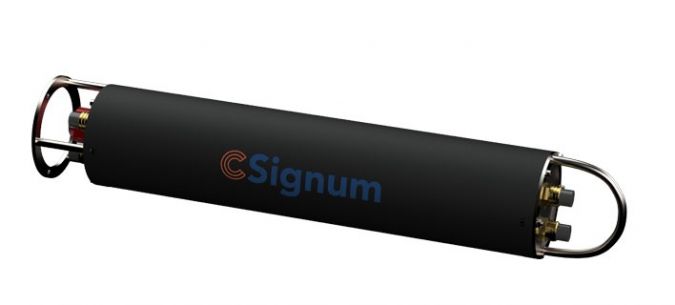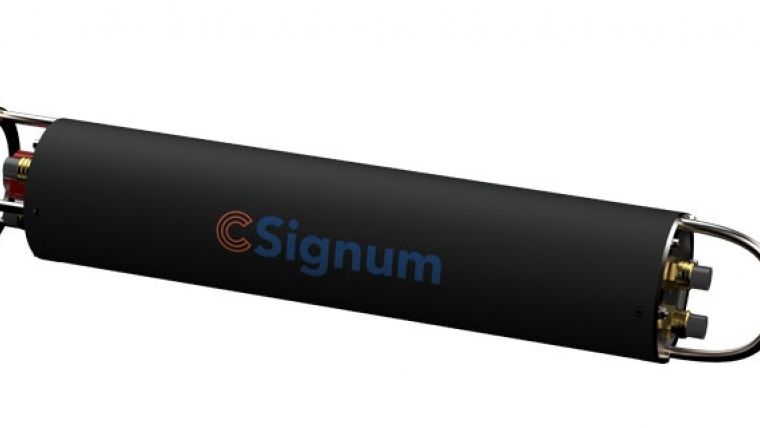New Partnership to Transfer Technology of Underwater Digital Signal Processing Techniques
CSignum, a leading company in wireless underwater communications, asset digitization and actionable insights for ocean and freshwater industries, has completed a two-month research project in underwater wireless communications with Newcastle University, UK, renowned for its leadership in underwater acoustic communications research.
CSignum is preparing in coming months to commercially test and launch its HydroFi Modem, described by the company as “the first reliable point-to-point wireless radio communications system that enables the transmission of data through the water-air boundary”. Led by Newcastle University professor Jeffrey Neasham and CSignum CTO Mark Rhodes, the knowledge exchange and research project focused on increasing the HydroFi Modem communications data rate and transmission distances from underwater to above water receivers, as well as improving battery life for real-world deployments.
Allocating Resources
“We were able to significantly improve the amount of fixed data we could transmit in a shorter time by using a faster data rate,” said CSignum CTO Mark Rhodes. “This means our modems are powered on for a shorter period and so will use less power to communicate a given data payload. This will be of great benefit in terms of how operators choose to allocate resources to remotely deploy and service the HydroFi modems and receivers in ocean observing, environmental monitoring, aquaculture, renewable energy and oil and gas environments.”
“In addition, we improved the HydroFi communication waveform, coding and receiver structure to deliver greater robustness against local sources of electromagnetic interference,” said Professor Neasham of Newcastle University. “All radio systems need to be compatible with the electromagnetic environment generated by local elements of integrated systems and natural atmospheric sources. Another strength of the HydroFi Modem is that it is not affected by rough sea states, turbid conditions or shallow water splash zones.”
Modernizing Infrastructure with Digitized, Real-time Data
CSignum intends to continue its successful collaboration with Newcastle University to enhance future versions of the HydroFi radio modem and incorporate resulting breakthroughs into the technology roadmap. On completion of the project, the collaborative team identified some clear ideas for future development in the areas of power consumption and advanced DSP techniques, which will further extend the product performance envelope.
As a result, CSignum and Newcastle University efforts will build on their respective IP portfolios. CSignum currently has 22 granted and in-force patents, with further patents pending in areas such as bidirectional water-to-air and air-to-water wireless communications, automation, antenna design, remote command and control, adaptive bandwidth, redundancy and failover and low power management. These technologies are designed to deliver sensor data through the water-air boundary, water column, seabed and subsea structures. As a result, operators in ocean observing, environmental monitoring, aquaculture, renewable energy and oil and gas will be able to modernize their infrastructures with digitized, real-time data to make smart decisions.















